Jaguar has decided to turn its hugely impressive jet-powered Jaguar C-X75 hybrid concept into a £700,000, Bugatti Veyron-beating flagship for production in 2013 – and is enlisting the aid of the Williams F1 team to do it.
The deal, a momentous decision that will affect everything Jaguar does for decades to come, was announced in London this morning by Tata chief Carl-Peter Forster, with Sir Frank Williams in attendance.
It will involve a direct technology transfer between the partners, especially over lightweight structures, and brings Tata ever closer to the F1 connection that has often been rumoured.
Jaguar is planning 250 cars, and continues to work on the jet-powered concept for C-X75. It will eventually sell a limited number of them, but the there are strong indications that the majority of cars will use a 'highly boosted' 1.6-litre engine related to the four-cylinder engine Williams and other F1 teams will adopt from 2013. Williams currently uses a Cosworth engine, made in Northamptonshire.
The production Jaguar C-X75 (the concept name is being kept "for the time being", but won't necessarily make production) will have plug-in electric drive motors on the front and rear axles and thus have four-wheel-drive.
No detail of the powertrain is available, but it seems probable that the four-cylinder engine, which could easily produce 500bhp-plus, will power the wheels in parallel with the electric motors.
Total power could amount to as much as 1000 bhp, but the car will also have an electric-only mode for urban use. Jaguar promises a 200mph top speed, zero to 100mph acceleration in less than six seconds and an all-electric range of about 30 miles.
Jaguar bosses believe it is paramount that the car should not merely have been given a tuned version of their familiar V8 range, but should be an embodiment of their determination to get to grips with future technology.
"People expect us to be innovators," says Adrian Hallmark, Jaguar brand director. "The C-X75 received an incredible reception as a concept car. We've been building on that momentum and there is a clear business case for the exclusive halo model. No other vehicle will better signify Jaguar's renewed confidence and excellence in technological innovation than this."
The Jaguar C-X75, tipped to retail at between £700,000 and £900,000 when it hits the market in two years' time, will be designed, engineered and built entirely in Britain.
Both turbo and jet-powered versions will use a carbonfibre tub chassis, expected to weigh less than 1400 kilograms and to feature much Williams composite construction know-how.
Jaguar bosses are not saying where the car will be built, but so far much of the work has been done at the Whitley engineering centre, near Coventry. The production shape will be very close to the concept, with only minor dimensional changes and alterations to aerodynamic equipment and air scoops and outlets.
Of the 250 cars to be built, more than 200 are likely to be four-cylinder turbos. The version using a pair of miniature Bladon gas turbine engines to drive generators will come late in the programme: there is much development still to be done, not least coping with the 380degC jet-pipe temperatures. Tata, Jaguar's owner, last year acquired an interest in Worcestershire-based gas turbine R&D company, Bladon Jets.
In either version, electric power will be stored in a 230 kilogram lithium-ion battery bank carried in the spine of the car's carbon tub.
Jaguar insiders say performance may even exceed the remarkable figures quoted for the 1350kg show car at its unveiling in Paris last year.
At the time, the project's lead engineer Nigel Taylor forecast a top speed around 205 mph, 0-60 mph acceleration in around three seconds, 0-100 mph in 5.5 seconds, and most remarkable of all a 0-300km/h (186 mph) time of just 15.5 seconds.
Meanwhile CO2 emissions are forecast at less than 100g/km of CO2, an amazingly low figure for such a potent car.
Of the 250 cars, Jaguar has also said at least 50 will be racing versions.


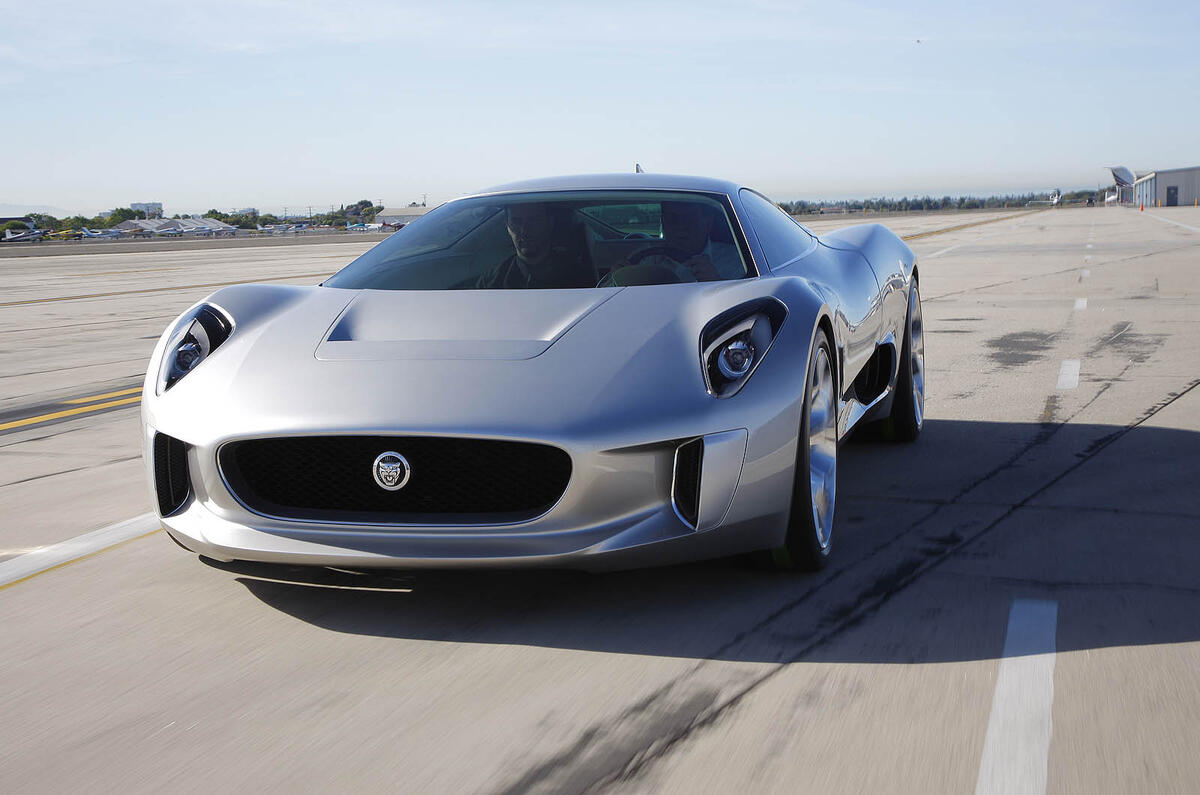
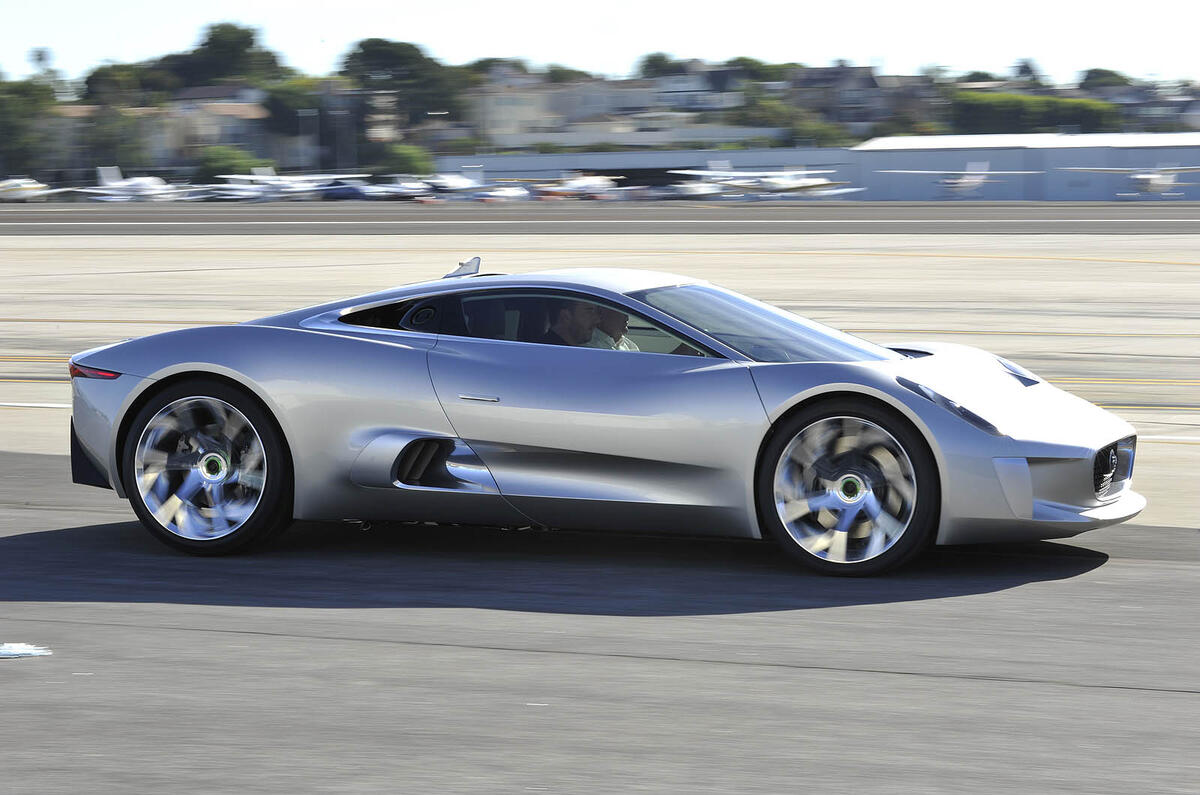
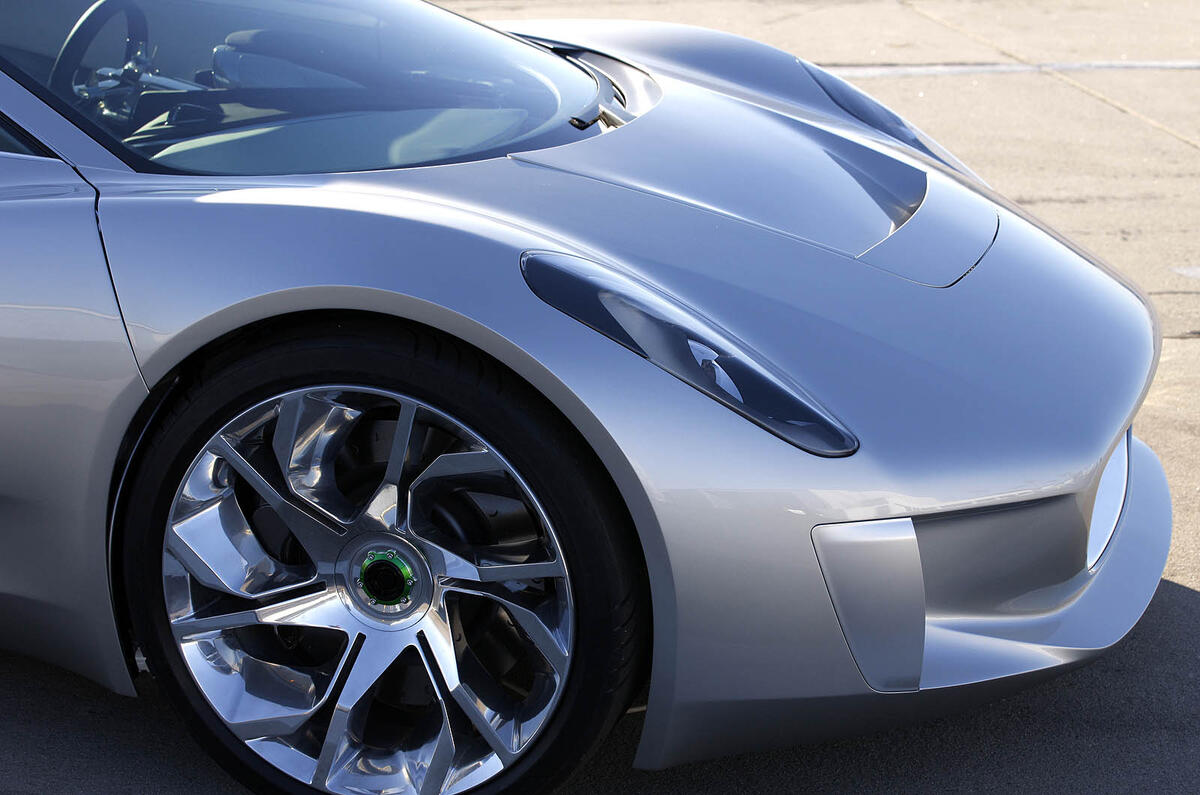
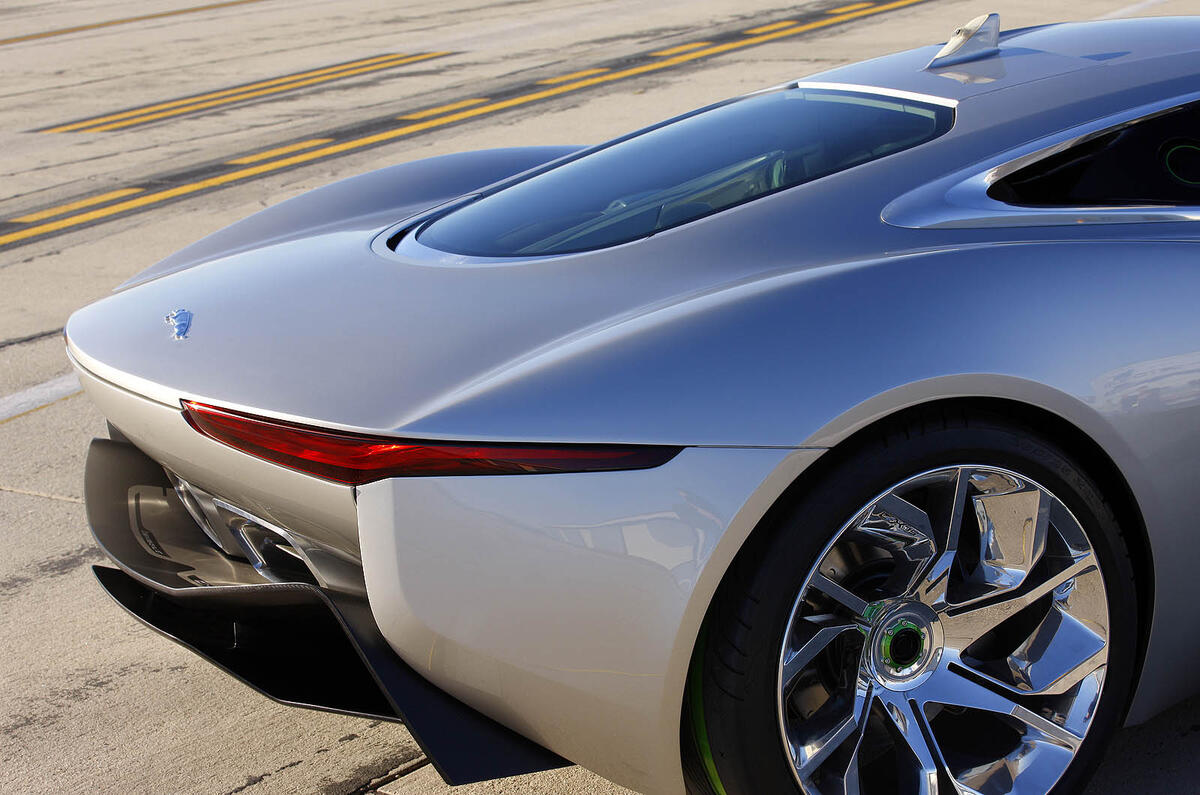
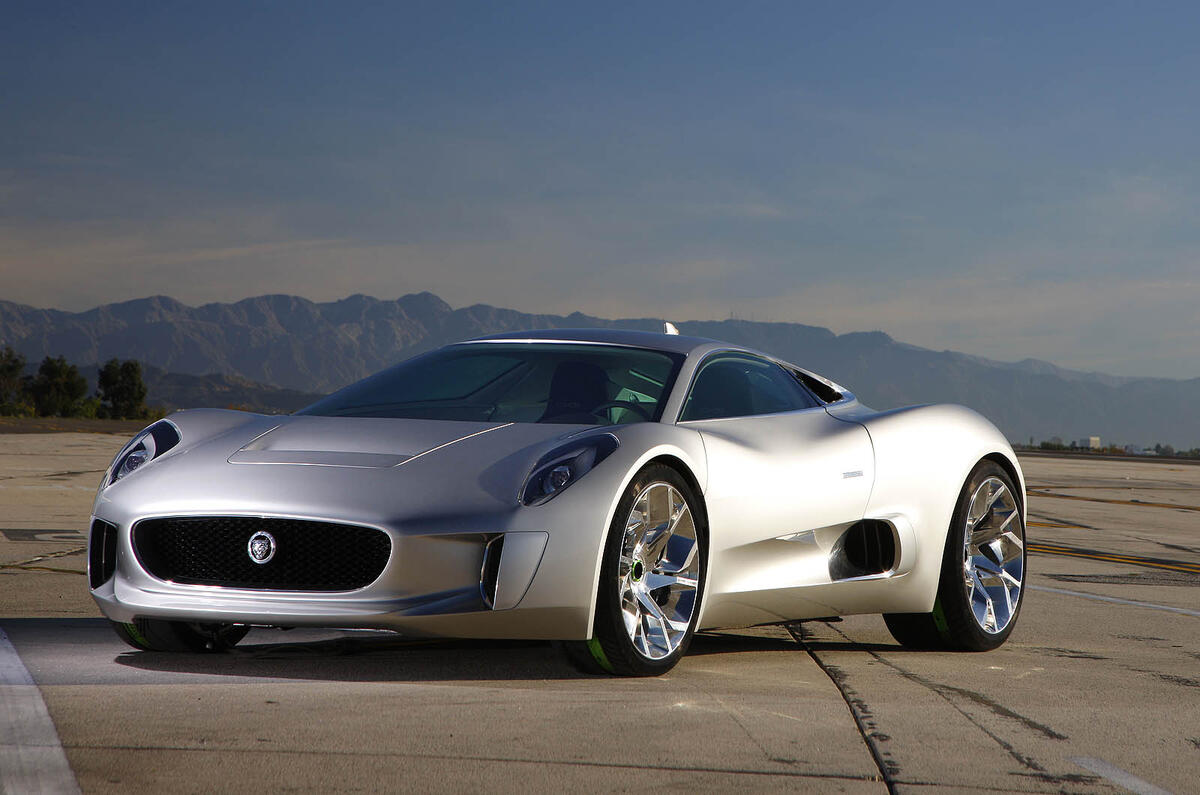
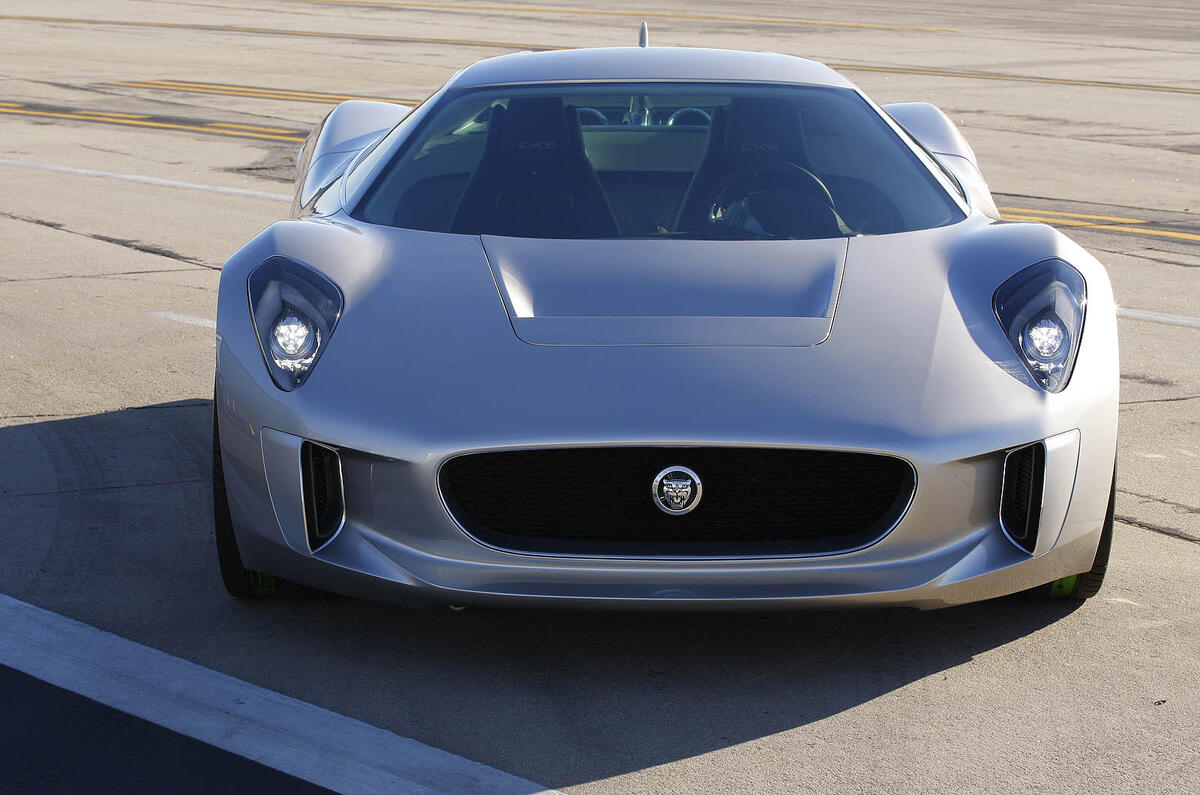
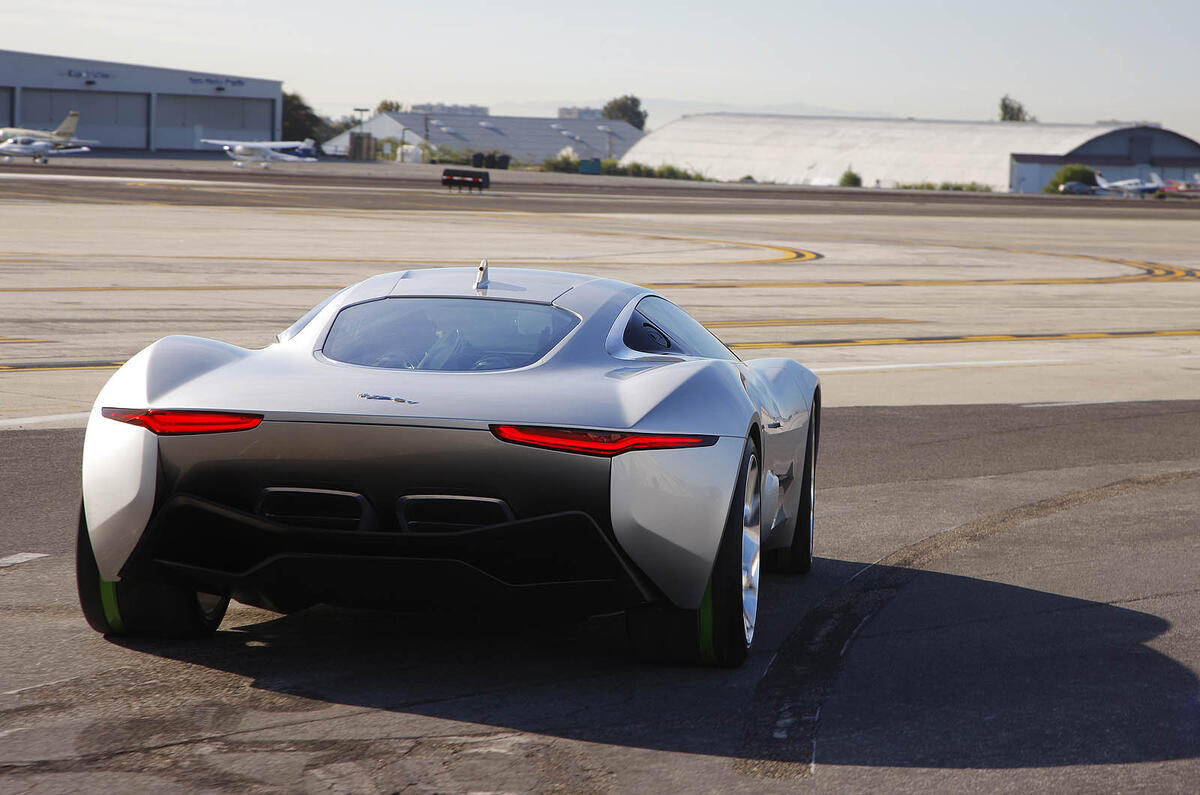
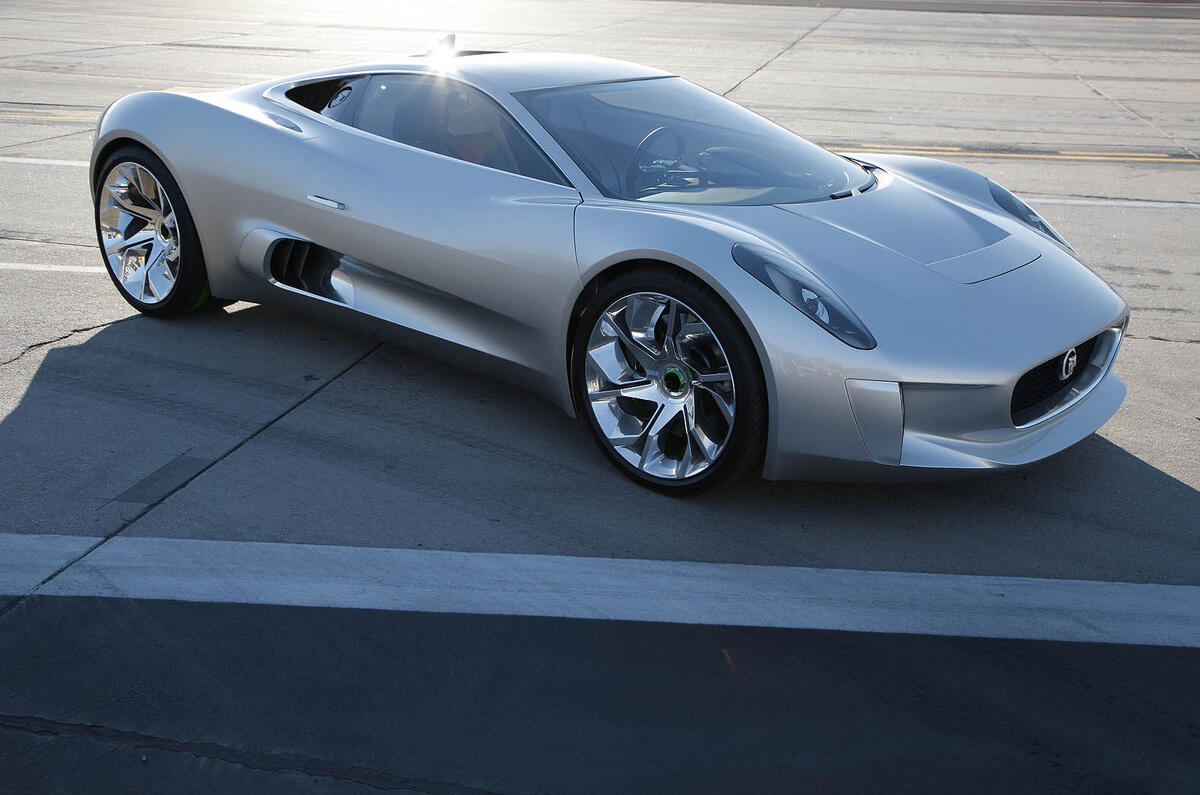
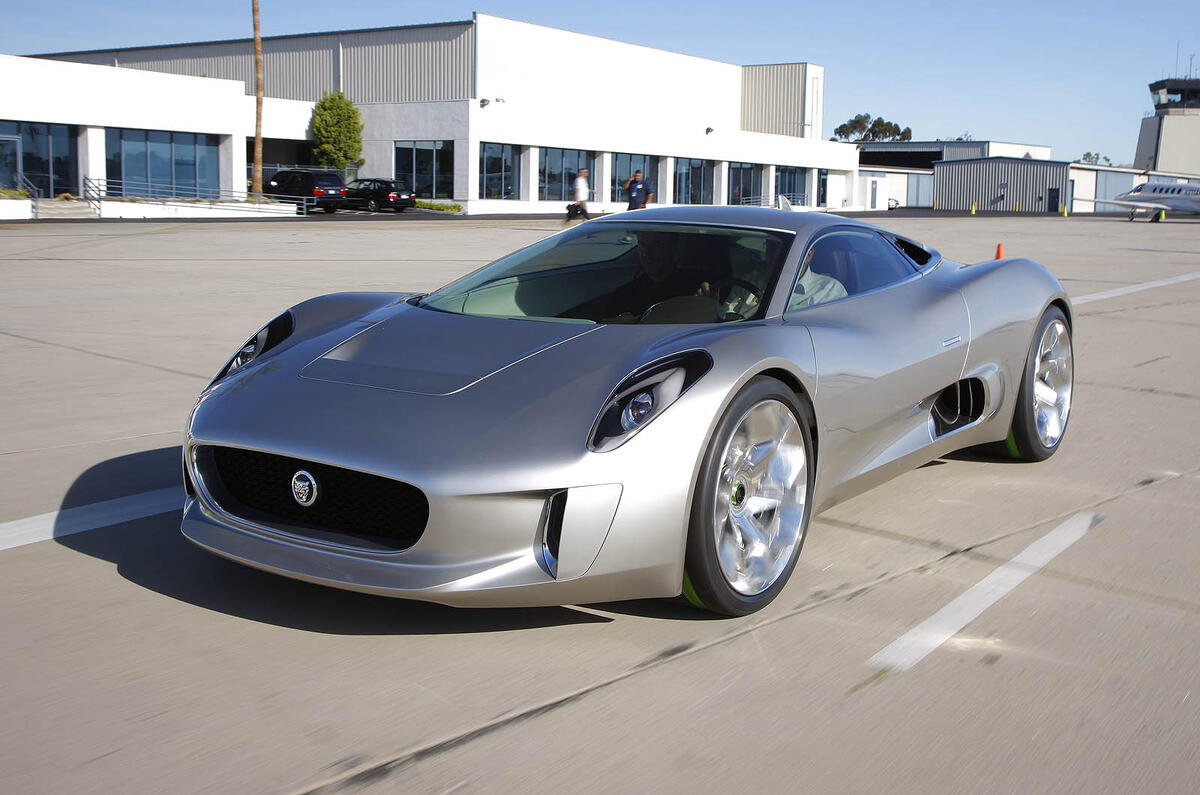
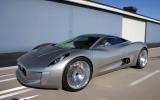

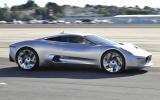
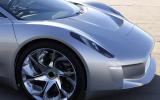

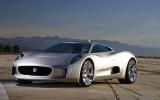



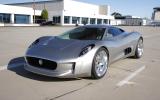






Add your comment